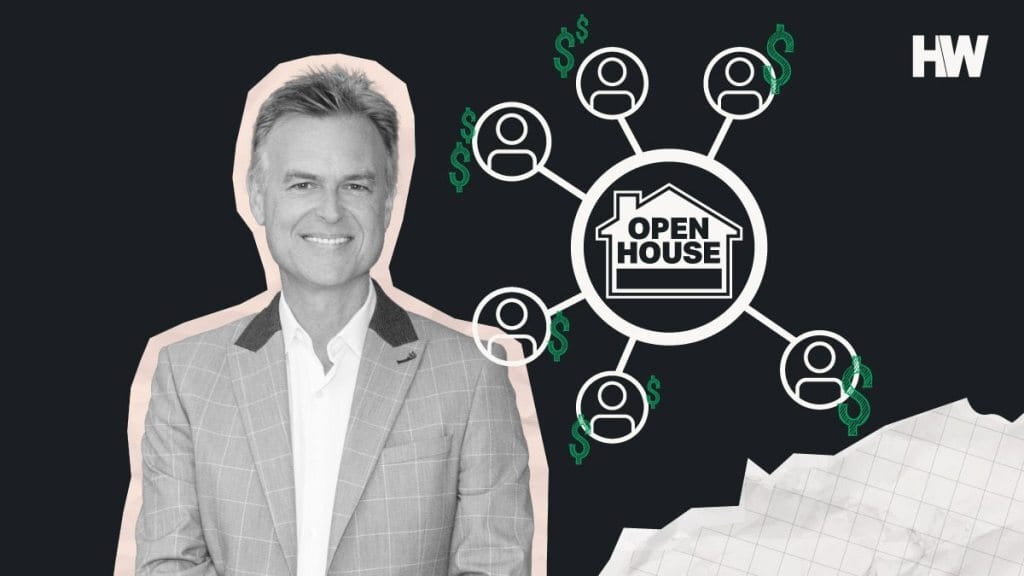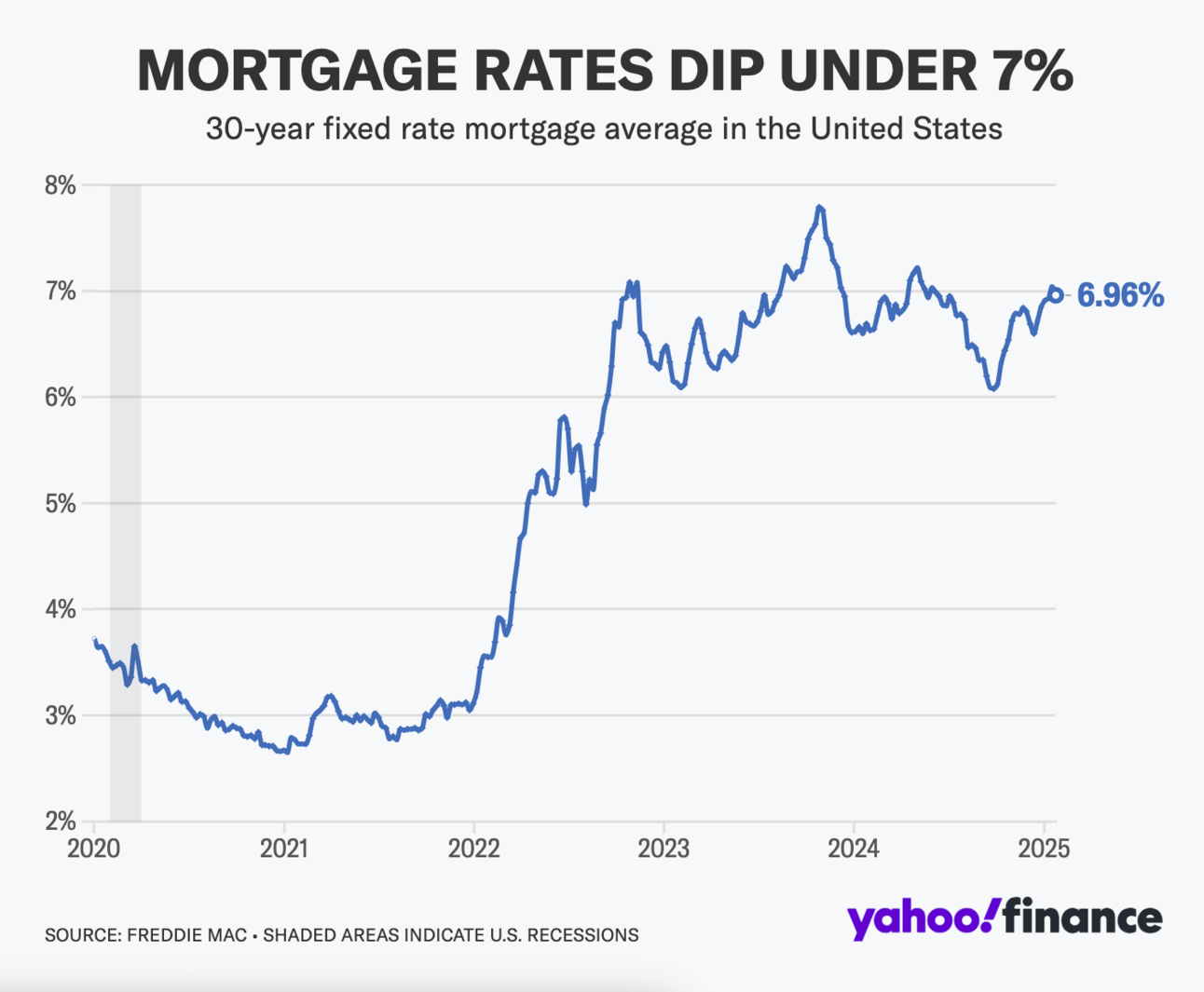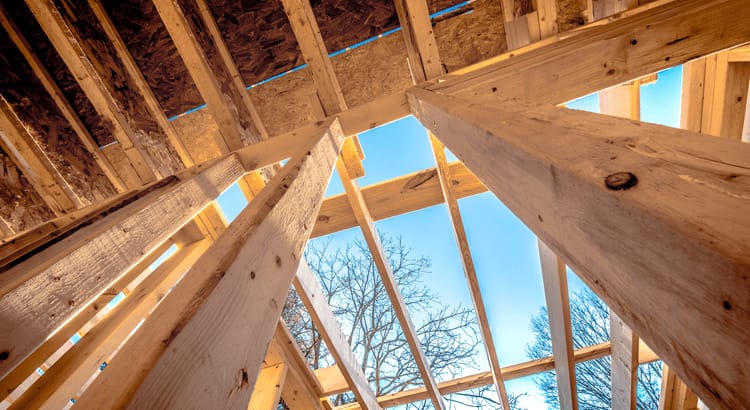We appreciate each and every one of you for taking the time to read Market Minds. Buckle up and enjoy the free value, and you won’t want to miss the oasis in Arkansas.
How a New Agent Went Froom $1.9M to $17M in Sales

Source: HousingWire
Tom Brennan’s meteoric rise in Charlotte, North Carolina’s competitive real estate market isn’t just about luck—it’s about strategy, insight, and relentless focus. In his second year, Brennan turned $1.9M in sales into $17M using a deceptively simple playbook. Here’s what you can learn from his journey.
The Power of Starting with the Right Team
Your environment can be the make-or-break factor. Brennan initially joined a strong training-focused team but saw exponential growth after switching to the top-performing "Your Property People" team at Compass. His move wasn’t personal; it was strategic—a calculated decision that aligned his goals with the resources and reputation needed to thrive. The takeaway? Always be ready to pivot when opportunity knocks.
Open Houses: The Lead-Gen Strategy You’re Ignoring
While others chased social media ads or overbuilt complex online funnels, Brennan stayed grounded. His primary lead generator? Open houses. Why? In-person connections build instant trust, an essential ingredient in high-stakes real estate deals. Brennan’s method wasn’t about high-pressure tactics—it was about listening, understanding, and offering genuine help.
Networking Done Right
Brennan’s networking approach is surgical:
Dress Smart, Not Intimidating: A professional but approachable style builds trust.
Start with the Client: Instead of leading with his name or pitch, Brennan asks for theirs. It shifts the focus to them, setting a tone of collaboration rather than salesmanship.
Ask Questions That Matter: Brennan listens for signs of real estate needs—life changes, dissatisfaction, or future moves.
Prime for Follow-Up: Before parting ways, Brennan ensures accurate contact info and primes clients for a personalized follow-up, including invitations for coffee or casual meet-ups.
Tech That Works: iMessage Over CRM Overload
In 2024, Brennan’s highest ROI tool wasn’t a flashy app or intricate platform—it was iMessage. Simplicity and authenticity in communication trump automation when it comes to nurturing leads.
Beyond the First Impression: Personal Touches That Last
From handwritten notes via tools like Handwrytten to low-pressure conversations, Brennan invests in creating memorable interactions. These details set him apart from competitors and keep him top-of-mind.
Why the Housing Market 'Thaw' Never Happened Last Year

Wall Street’s optimism for a housing market rebound this year didn’t materialize. Instead, the market remained locked in a deep freeze, defined by elevated mortgage rates, limited inventory, and record-high prices. Here’s what the data—and the trends—mean for your next move.
Mortgage Rates: A False Start and No Relief
At the heart of 2024’s stagnation was the lack of relief from high borrowing costs. The average 30-year fixed mortgage rate started the year at 6.6% and barely moved, ending the year near the same level. January optimism evaporated as February’s stronger-than-expected jobs report and hawkish Federal Reserve comments reignited fears of persistent inflation. The result? Rates rose to 6.77% mid-February, cooling any signs of early activity.
Rates didn’t just plateau—they became a wall. Buyers hoping for better conditions were priced out, unable to justify the rising cost of monthly payments on already-expensive homes.
Supply Constraints: Limited Inventory, Limited Options
Despite glimmers of hope, like a 10% increase in new listings mid-February, inventory stayed stubbornly low throughout the year. Homeowners who locked in sub-4% mortgage rates in previous years remained reluctant to sell, unwilling to trade their low-cost loans for today’s more expensive financing options.
This scarcity collided with a sharp 5.7% year-over-year increase in median sales prices as of February, locking out many budget-conscious buyers. It wasn’t just about rates anymore; affordability was the real anchor holding the market in place.
Weak Sales Activity: A Historic Slowdown
With borrowing costs and prices both working against buyers, sales activity cratered. Pending home sales in February were down 7% year over year, setting the tone for a second consecutive record-breaking year of stagnation—the worst since 1995. Existing home sales, a vital indicator of market health, fell to levels that highlighted just how paralyzed the market had become.
What to Watch: Key Shifts Heading into 2025
This year’s frozen market could start to shift in 2025, but significant obstacles remain. Key dynamics to monitor include:
Federal Reserve Policy: The Fed’s stance on inflation and rate adjustments will remain a leading influence on mortgage costs.
Price Stabilization: Will sellers adjust their expectations, or will stubbornly high prices continue to suppress activity?
New Supply Sources: Builders and developers may hold the key to unlocking inventory in critical price segments.
Smaller Homes, Bigger Profits: How Builders Are Meeting Market Demands

Source: KCM
Affordability challenges have reshaped the real estate landscape, creating a surprising opportunity in new home construction. Builders are responding to soaring home prices and rising mortgage rates by pivoting to smaller, more cost-effective designs—a move that’s reshaping buyer preferences and the market itself.
The Shift Toward Smaller Footprints
The numbers tell the story: the average size of newly built homes dropped from 2,309 square feet in Q3 2022 to 2,171 square feet in Q3 2024—a reduction of 138 square feet. Builders are leaning into this trend because smaller homes don’t just cost less to build; they’re also more attainable for middle-income buyers feeling the squeeze of today’s high rates and prices.
This isn’t a random shift—it’s strategic. Smaller homes are flying off the shelves, meeting a market demand for affordability while aligning with lifestyle trends that prioritize efficiency over excess. The result? Builders are not just selling homes; they’re selling solutions to affordability challenges.
Why Newer, Smaller Homes Are an Easy Sell
Compact doesn’t mean compromise. Newly built homes bring a host of benefits that older, larger properties simply can’t match:
Energy Efficiency: Modern appliances and HVAC systems slash utility bills and offer long-term savings.
Low Maintenance: Brand-new systems and materials translate to fewer repairs, keeping maintenance headaches at bay.
Future-Proof Features: Smart home tech and sustainable building practices align with the needs of today’s eco-conscious buyers.
By focusing on value-added features, builders are enhancing buyer appeal while maintaining margins—proof that smaller homes aren’t just smaller; they’re smarter.
Middle-Income Buyers Are Driving the Market
Middle-income families, long sidelined by the affordability crunch, are finding a way back into the market through these smaller new builds. For them, these homes represent a realistic path to homeownership, complete with the financial and lifestyle benefits of modern construction.
At the same time, this shift provides builders with a steady stream of motivated buyers. It’s a rare alignment in a volatile market: affordability meets profitability, and both sides win.
What’s Next in Smaller Home Construction?
Expect this trend to persist, especially as builders refine their strategies to include smaller lot sizes, optimized layouts, and community amenities that enhance value. This isn’t just a reaction to market conditions—it’s a blueprint for the future of homebuilding in an era where affordability reigns supreme.
Dominate Your Market with the Postcard Pack

Use these editable postcards to dominate your desired area.
If you’re committed to adding another source of leads to your business, try it out for FREE here.
To your success 💪
In Arkansas?!
This Little Rock, AR home for $2.399M has stunning architecture throughout…
Check it out 👇
TL;DR (Too Long; Didn’t Read)
Tom Brennan’s rapid success in real estate, growing from $1.9M to $17M in sales, highlights the importance of strategic moves, such as joining a top-performing team and leveraging open houses for lead generation. By focusing on personal connections, effective networking, and simple tools like iMessage, Brennan cultivated trust and built lasting relationships with clients. Meanwhile, the broader housing market in 2024 struggled under high mortgage rates, limited inventory, and rising prices, driving a shift toward smaller, affordable homes. Builders adapted by creating energy-efficient, low-maintenance designs, offering a pathway for middle-income buyers and aligning affordability with profitability.
Have a great weekend - we’ll see you next Saturday.
Cheers 🍻
-Market Minds Team


